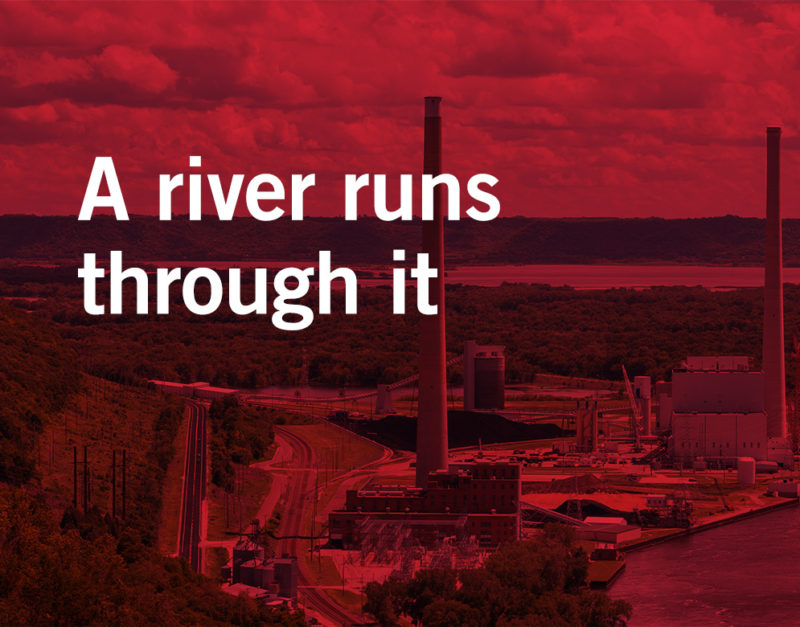 January 6, 2021
January 6, 2021 The Mississippi River is a busy and highly industrialized shipping channel, especially in the stretch between Baton Rouge and New Orleans. It’s home to many industrial plants that create items used throughout the world and provide jobs to Louisianans.
But over the years, residents of this area and workers in these plants have noticed high levels of cancer and other deadly illnesses.
Residents and Workers in Louisiana’s Death Alley Overly Exposed
Exposure to asbestos and other known carcinogens have caused many Bayou State residents to develop debilitating illnesses — most common among them lung cancers like mesothelioma. The pollution levels and use of dangerous construction materials across the state can harm the lungs, heart, and skin — causing them to be the subject of Louisiana lawsuits for decades.
In an area of 85 square miles known as “Death Alley,” or sometimes “Cancer Alley,” seven Louisiana parishes containing more than 150 plants emit toxic chemicals at high enough levels that they must report their emissions to the EPA. These toxic emissions in addition to extensive exposure to asbestos in the area have been linked to the high levels of lung cancer in and around these parishes, which is how the area earned its dreadful name.
Louisiana chemical plant and refinery workers in Death Alley are especially at risk of developing mesothelioma—a type of lung cancer caused by asbestos—because of their close proximity to and use of products and equipment containing asbestos, which is common in this industry. Oil refinery equipment has been known to contain high levels of asbestos. Workers have come in contact with asbestos fibers from handling this type of equipment during installation and maintenance. Asbestos fibers are especially dangerous when released into the environment and inhaled.
Local Residents Fight Back Against Corporations Who Put Them In Danger
For years, Louisiana’s government supported the move from an agricultural economy to an industrial one, hoping these new manufacturing plants would provide good wages and help lift the state out of poverty. But increases in air and water pollution are often a side effect of a growing industrial sector.
After working with two of the companies in this area to reduce emissions to safe levels, the Louisiana Department of Environmental Quality is filing a lawsuit. LDEQ is suing Denko and DuPont because the emissions at the only neoprene factory in the United States have not been reduced to the agreed upon levels. DuPont, the inventor of neoprene, operated the facility since the 1960s. Denko bought the plant in 2015.
Neoprene is a specialized type of rubber you might see used in water sports clothing, automobile seat covers, Halloween costumes, computer accessories, construction materials, and even pianos. It’s created from the compound chloroprene, which is classified as a likely carcinogen. Additionally, this product may contain risk of asbestos exposure for workers in the factories, as asbestos is still used in the production of chlorine, one of the components of neoprene.
Emissions of chloroprene are at the center of the lawsuit, as the state claims that Denko needs to further reduce these emissions. The pollution levels from chloroprene have been recorded at much higher levels than the EPA says is safe for humans, and Denko agreed to reduce them by 85% by 2018.
Louisianans Still At Risk of Toxic Emission Exposure
After the Clean Air Act was enacted in 1970, emissions did improve in this area, as they improved throughout the country. However, recent data suggests that Louisiana’s air pollution levels are increasing. In the last 30 years, the number of plants required to report emissions to the EPA in this area of Louisiana have increased 25%, from 255 to 320 plants. Nationally, the number of plants required to report has decreased 16% over the same time period.
Louisiana has approved seven permits for new plants or additions to current plants that, based on the EPA’s criteria, would be sources of major air pollution. The state also has five pending permit applications—one of which is for an industrial plastics complex expected to open in 2022. This complex, the Formosa, is projected to double emissions in the area.
Another issue affecting Louisianans in this area is that the state tracks only emissions of single chemicals, rather than the cumulative effect of emissions of multiple chemicals, and does not monitor air around these types of plants. Because cancer alley has already been identified as “ground zero for asbestos exposure,” tracking the cumulative effect of exposure to multiple carcinogens is critical in ensuring the health of its residents.
How We Help Victims of Asbestos Exposure
Seek justice with the help of our experienced Louisiana asbestos attorneys. Our asbestos law firm has represented individuals like you affected by asbestos exposure for over 20 years, going up against corporations responsible for putting people in danger of toxic exposure. If you or a loved one were exposed to asbestos or suffer from a disease caused by asbestos like mesothelioma, we can help.



